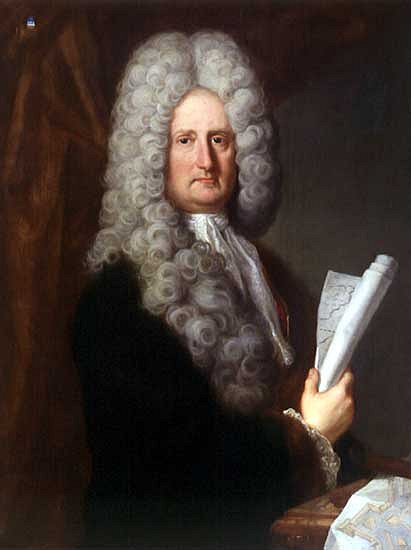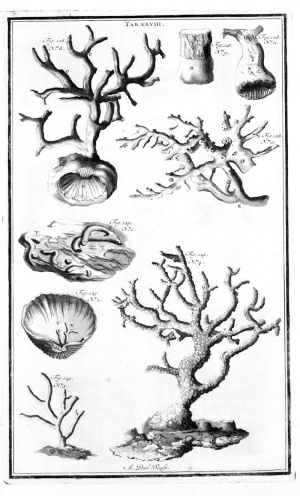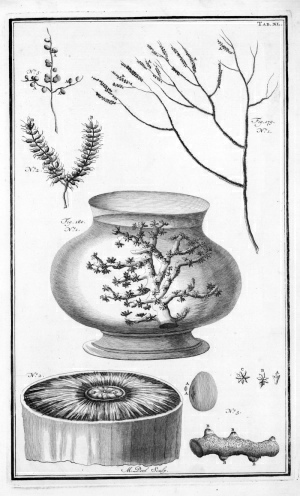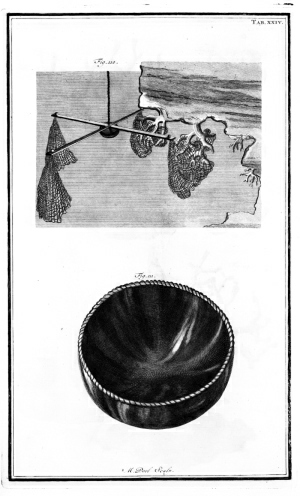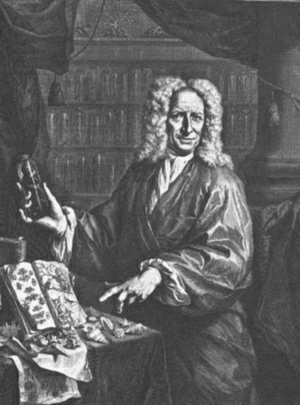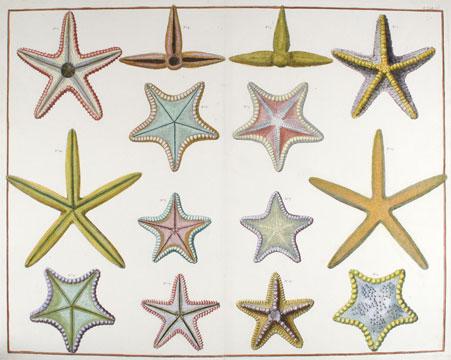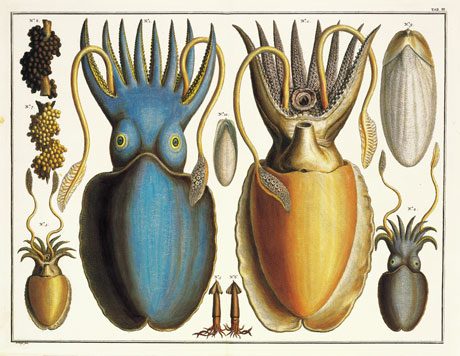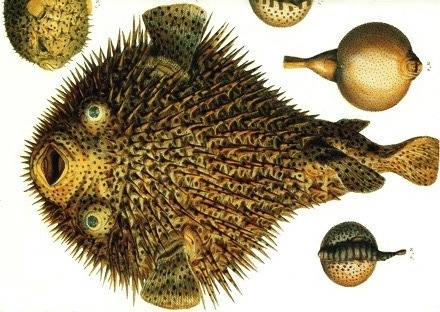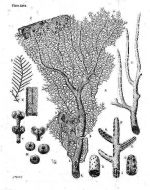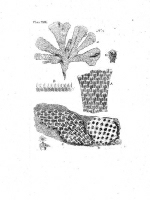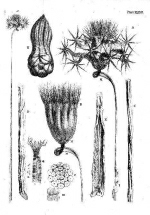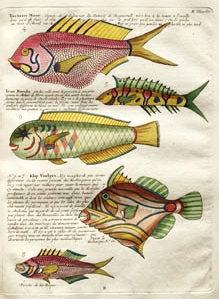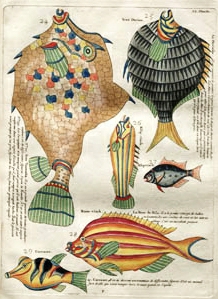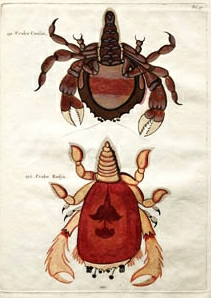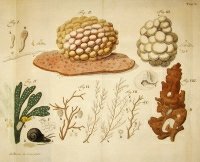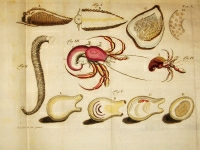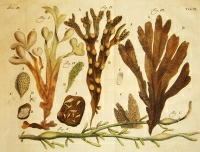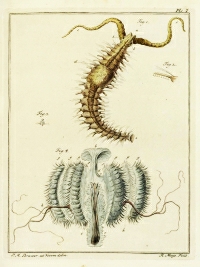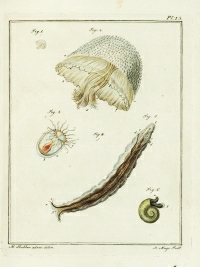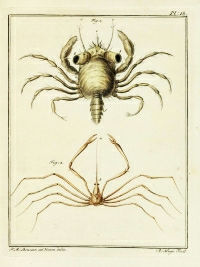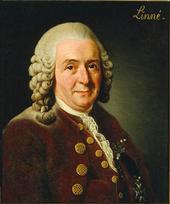|
Laurentius Theodorus Gronovius (1730-1777)
|
Dutch naturalist who collected many zoological and botanical specimens. He is especially known for his work in ichthyology and
credited with developing a technique for preservation of fish skins. Expanding the collection of his father he had a catalogued collection of over 500 fish skins.
In 1853 187 of these skins and the catalogue popped up in an auction in London and were bought by J. E. Gray, keeper of the Zoology depatment of the British Museum (Natural History Museum).
|
| |

|
| |
| |
| |
|
|
Museum ichthyologicum, sistens piscium indigenorum & quorumdam exoticorum, / qui in Museo Laurentii Theodori Gronovii, J.U.D.
adservantur, descriptiones ordine systematico. Accedunt nonnullorum exoticorum piscium icones aeri incisae ... 1754-1756
|
Two books in which 200 species of fish are described. This non-binominal work is frequently referred to by Linnaeus in Systema Naturae 10 - 13.
|
|
Zoophylacium Gronovianum , exhibens Amimalia Quadrupeda, Amphibia, Pisces, Insecta, Vermes, Mollusca, Testacea, et Zoophyta, Quae in Museo suo adservavit, examini subjecit, systematice disposuit atque descripsit Laur. Theod. Gronovius 1763
|
Classification and description of "four-feets" and fish (book 1), insects (book 2) and invertebrates (book 3). Known for the great number of molluscs. This
The bookm was reissued in 1784 with a binominal index according Linnaeus, the index is refered to as Meusschers index.
Gray, J. E. Catalogue of fish collected and described by Laurence Theodor Gronow. 1854.
Wheeler, C.A. The Gronovius fish collection: a catalogue and historical account. 1958.
|
 |
| Callorynchus |
| |
|
